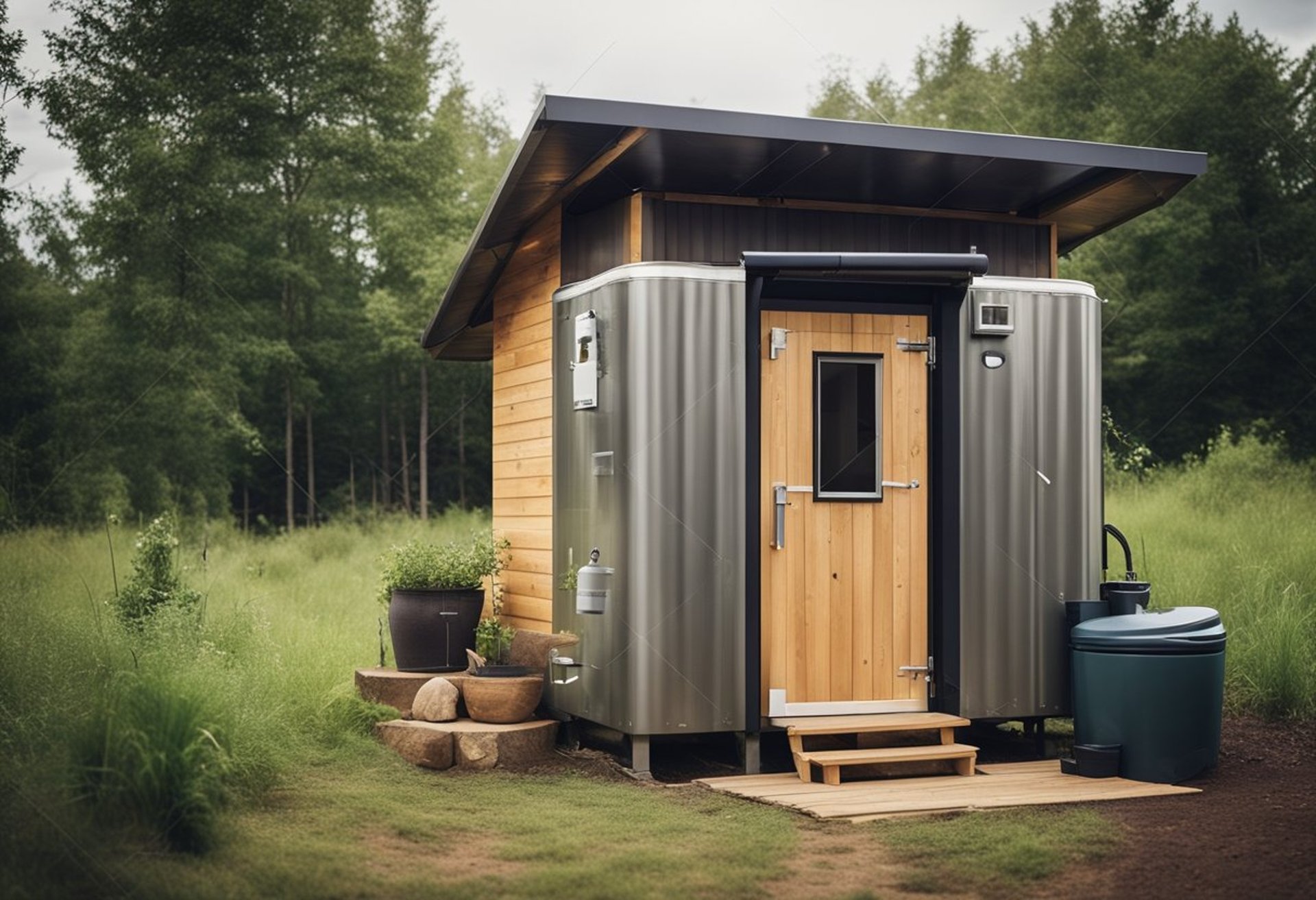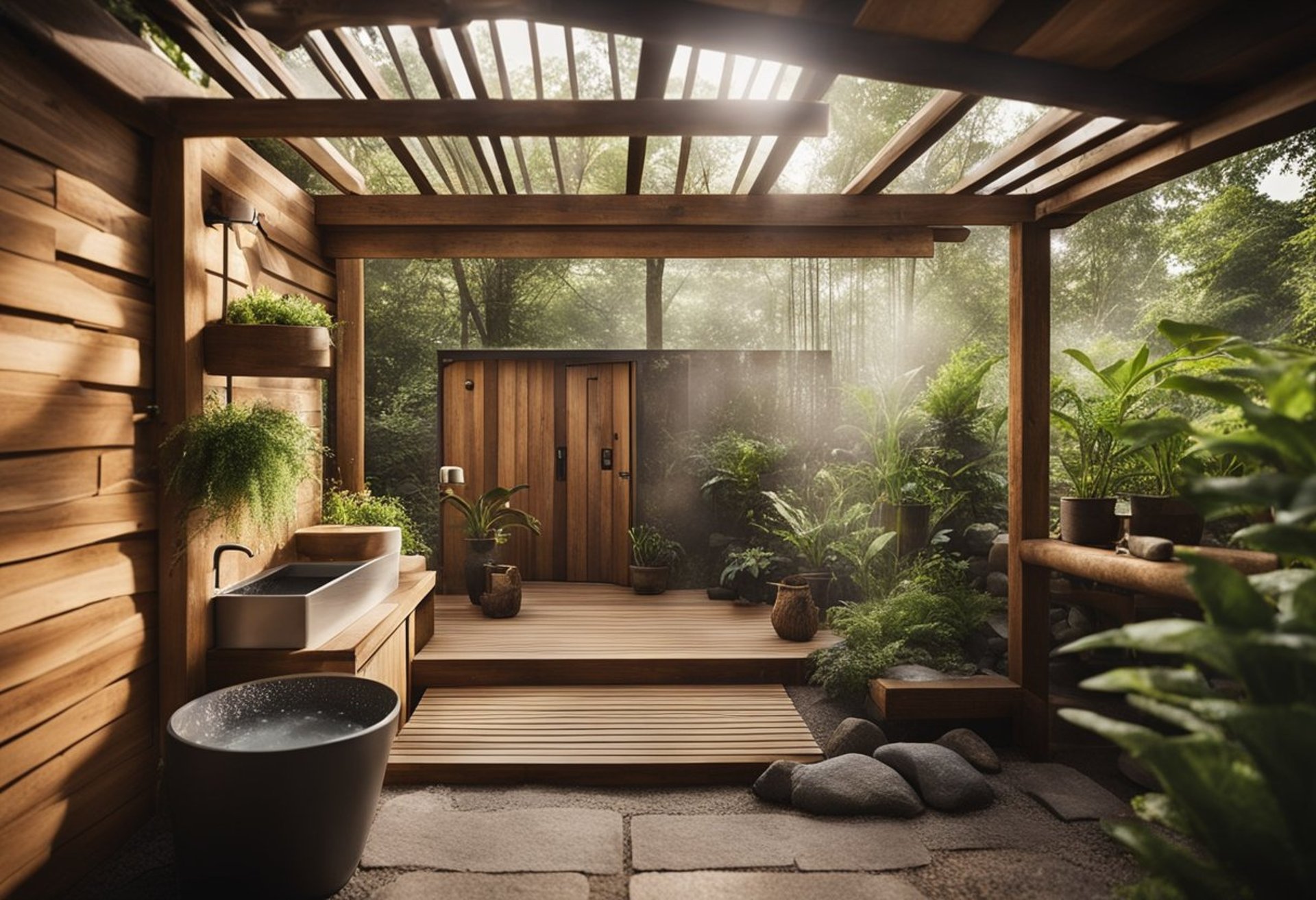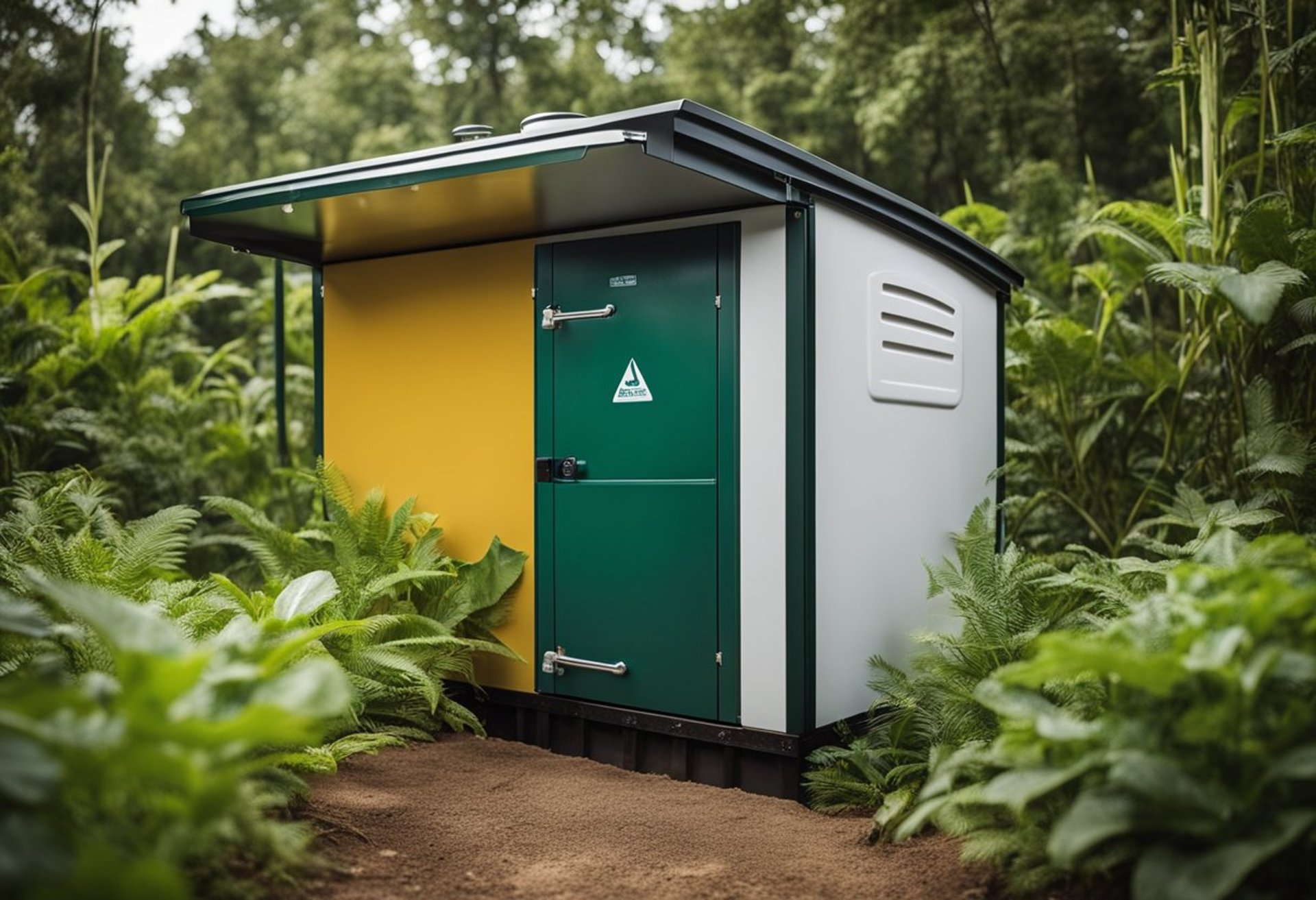Off the Grid Bathroom Ideas: Creative Solutions for Sustainable Living
Creating an off-the-grid bathroom can be both functional and aesthetically pleasing. By incorporating sustainable materials and efficient designs, individuals can achieve a bathroom that meets their needs while minimizing their environmental footprint. Finding the right solutions ensures comfort and convenience, even in remote settings.
Exploring various design concepts, from composting toilets to rainwater collection systems, opens up a world of possibilities. Innovative technologies may enhance the experience, facilitating water management and energy use. Options exist for those looking to blend style with off-grid functionality.
Key Takeaways
Sustainable design elements can enhance both function and aesthetics.
Efficient water and energy management is crucial in off-grid settings.
Innovative technologies support modern living while reducing environmental impact.
Design Concepts for Off-Grid Bathrooms
Creating an off-grid bathroom involves innovative design concepts that prioritize space efficiency, sustainable materials, and natural elements. These elements ensure functionality while minimizing environmental impact.
Maximizing Space Efficiency
In compact settings, maximizing space is crucial. Utilizing vertical storage can free up valuable floor space. Shelves, hooks, and wall-mounted cabinets are effective solutions.
Incorporating multi-functional fixtures, like a shower that doubles as a storage area, can enhance usability. Compact, foldable furniture can also be beneficial. Consider installing a corner sink or a pocket door to create an open feel without sacrificing functionality.
Using light colors makes spaces appear larger. Mirrors can reflect light and visually expand the room. Implementing a minimalist design approach reduces clutter, making the bathroom feel more spacious and organized.
Sustainable Material Selection
Choosing sustainable materials is essential for an off-grid bathroom. Natural stone, reclaimed wood, and bamboo are durable, eco-friendly options. These materials not only reduce environmental impact but also add aesthetic value.
For flooring, consider using tiles made from recycled materials or linoleum, which is biodegradable. Installing a composting toilet can minimize water use and support sustainability.
Ensure plumbing fixtures are water-efficient, utilizing low-flow toilets and faucets. Selecting non-toxic paints and finishes further contributes to a healthier environment.
Natural Lighting and Ventilation
Natural lighting enhances the bathroom experience. Skylights or large windows can bring in sunlight, creating an inviting atmosphere. It also reduces reliance on artificial lighting.
Ventilation is equally important to prevent moisture buildup, which can lead to mold. Installing operable windows allows fresh air circulation, improving air quality.
Using translucent materials, like frosted glass, can maximize light while ensuring privacy. Strategic placement of reflective surfaces can enhance brightness throughout the space. Incorporating plants can improve air quality and provide a natural aesthetic, bridging the gap between indoor and outdoor environments.
Water Management Strategies
Effective water management is essential for off-the-grid living, especially for bathroom facilities. Implementing strategies such as rainwater collection, greywater recycling, and composting toilets can maximize water use and sustainability.
Rainwater Collection Systems
Rainwater collection systems gather and store rainwater for various uses, including bathroom functions. These systems typically consist of a roof catchment area, gutters, downspouts, and a storage tank.
Key components:
Catchment surface: A clean roof surface where rainwater falls.
Filtration: Basic filters remove debris before the water enters storage.
Storage tanks: Options include above-ground and underground tanks made from various materials.
Regular maintenance of gutters and storage tanks ensures clean water supply. Additionally, local regulations should be checked to comply with harvesting practices.
Greywater Recycling
Greywater recycling involves reusing water from sinks, showers, and washing machines for irrigation or toilet flushing. This practice conserves water and reduces the need for fresh water supplies.
Important considerations:
Collection: Use a separate plumbing system to divert greywater.
Filtration: Basic filtration prevents clogs and excludes harmful substances.
Distribution: Use drip irrigation or a surge tank for efficient distribution to plants.
It's essential to use biodegradable soaps and detergents to keep greywater safe for plants. Applying local statutes ensures compliance with greywater recycling practices.
Composting Toilets
Composting toilets provide an eco-friendly solution to waste management without requiring water. These toilets break down waste using aerobic decomposition, resulting in compost that can enrich soil.
Key features:
Self-contained units: Require no plumbing and can be easily installed anywhere.
Carbon source: Mixing sawdust or other carbon-rich materials helps manage odor and aids decomposition.
Maintenance: Simple compost removal processes allow for easy upkeep and reduce environmental impact.
Composting toilets also lessen the burden on wastewater systems, making them ideal for off-the-grid situations. Regular monitoring ensures the system operates efficiently and odor-free.
Heating and Energy Solutions
In off-the-grid settings, sustainable energy sources are essential for heating needs. Exploring solar water heaters and biogas generators provides practical solutions for an eco-friendly bathroom experience.
Solar Water Heaters
Solar water heaters utilize sunlight to heat water, making them ideal for off-grid bathrooms. These systems consist of solar panels, usually mounted on rooftops, that capture solar energy. The energy is then transferred to liquid running through pipes, heating the water for use.
Key Components:
Flat-Plate Collectors: Absorb sunlight and convert it into heat.
Storage Tanks: Store heated water for immediate or future use.
By positioning solar panels in direct sunlight, users can reduce reliance on conventional energy sources. Maintenance is minimal, often limited to checking for leaks and ensuring the panels stay clean.
Biogas Generators
Biogas generators convert organic waste into biogas, offering another sustainable heating solution. This biogas can be used for cooking, heating water, or powering small appliances in off-grid bathrooms.
Advantages of Biogas:
Waste Utilization: Uses kitchen scraps and human waste, reducing landfill contributions.
Renewable Energy Source: Provides a continuous energy supply when managed properly.
A small biogas generator setup typically includes a digester, where anaerobic digestion occurs. Regular input of organic materials ensures efficient gas production, making it a valuable addition to off-grid living.
Waste Reduction Techniques
Implementing waste reduction techniques can significantly enhance an off-the-grid bathroom. Focusing on eco-friendly personal care products and organic waste composting can minimize the environmental impact associated with typical bathroom use.
Eco-Friendly Personal Care Products
Choosing personal care items that promote sustainability is essential. Users can opt for biodegradable soap, shampoo bars, and deodorants made from natural ingredients. These products minimize plastic waste and decrease harmful chemical runoff.
Key products to consider:
Biodegradable soap: Breaks down naturally and doesn’t harm ecosystems.
Shampoo bars: Offer an effective alternative to bottled shampoo, reducing plastic waste.
Natural deodorants: Free from harmful chemicals and packaged in eco-friendly materials.
Shopping from local sustainable brands also supports eco-friendly practices and reduces the carbon footprint of transportation.
Organic Waste Composting
Incorporating organic waste composting into an off-the-grid bathroom can effectively reduce landfill contributions. Composting human waste along with other organic materials returns nutrients to the soil and promotes healthy ecosystems.
Steps to implement composting:
Select a composting system: Consider a composting toilet or a separate compost bin for organic waste.
Layering: Alternate between human waste and brown materials, like dried leaves or shredded paper, to maintain balance.
Aeration: Turn the compost regularly to provide oxygen and speed up decomposition.
Following these methods enables efficient waste management while enriching the garden soil.
Innovative Technologies
Transforming off-grid bathroom experiences relies heavily on modern technologies. Water-saving fixtures and high-efficiency pumps play crucial roles in enhancing sustainability and efficiency.
Water-Saving Fixtures
Water-saving fixtures significantly reduce water consumption while maintaining performance. Low-flow faucets and showerheads can cut water usage by 30-50% without sacrificing pressure.
Dual-flush toilets offer two options for flushing, allowing users to choose a low-volume flush for liquid waste and a higher volume for solid waste.
Implementing these fixtures not only conserves water but can also lower utility bills over time. Choosing materials like low-water ceramic or other sustainable options enhances environmental benefits while ensuring durability in harsh conditions.
High-Efficiency Pumps
High-efficiency pumps are essential for effective water management in off-grid systems. They maximize flow while minimizing energy consumption, which is vital when utilizing renewable energy sources.
Many modern pumps feature smart technology that adjusts performance based on system needs. This adaptability ensures optimal functionality, reducing wear and tear over time.
Solar-powered pumps are especially beneficial for remote locations, as they harness renewable energy directly. Incorporating these pumps into a design can facilitate reliable water supply even in challenging environments. Investing in high-efficiency options leads to long-term savings and sustainability for off-grid bathrooms.













